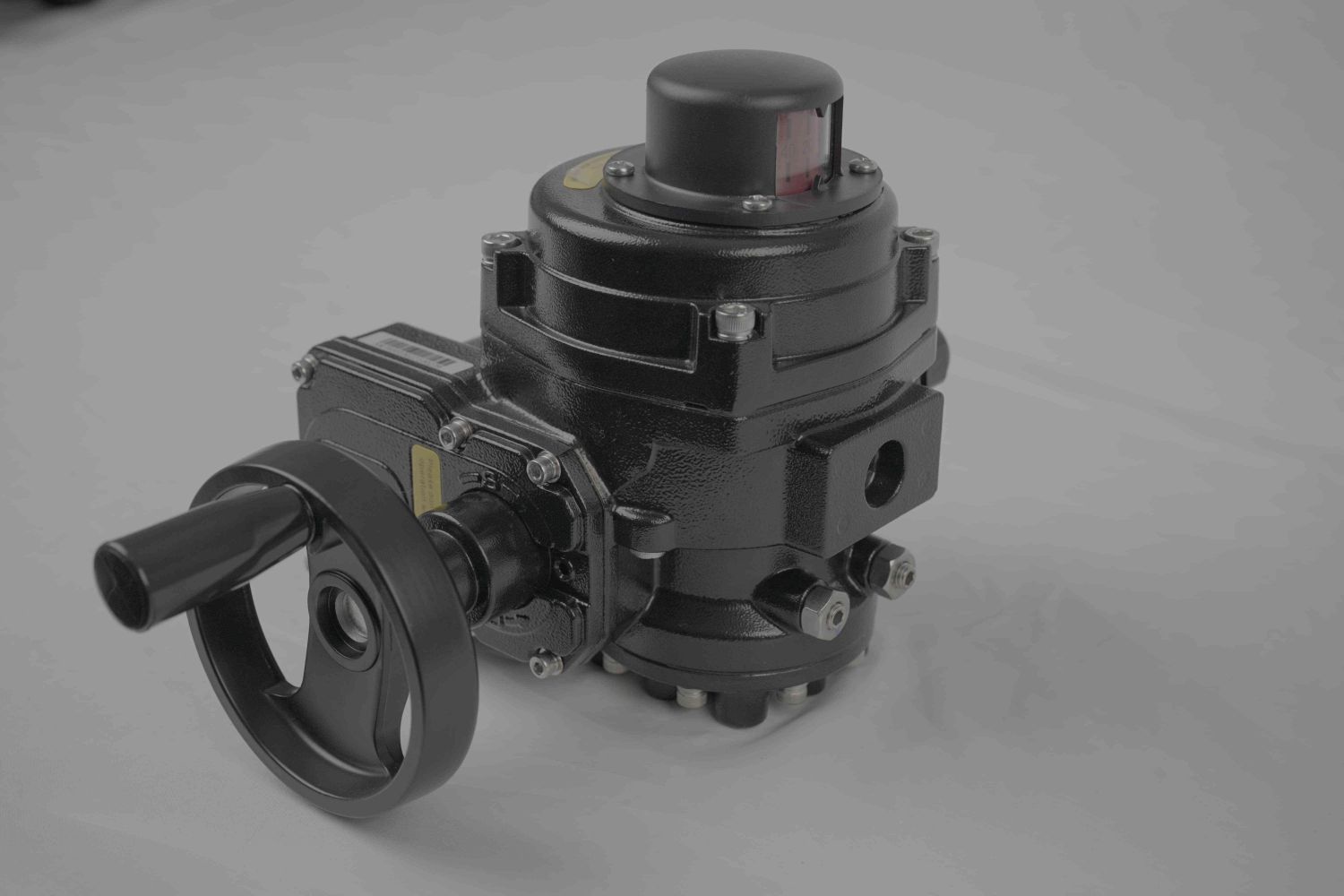the role and importance of stainless steel lithium battery valve in battery safety
Release time:2025-09-19 21:22:39
In recent years, lithium-ion batteries have become an indispensable part of modern technology, powering everything from mobile phones to electric vehicles (EVs). However, despite their widespread use, lithium-ion batteries come with inherent safety risks, particularly when it comes to pressure buildup inside the cell. To address this concern, stainless steel lithium battery valves play a crucial role in ensuring the safety and longevity of these energy storage devices. In this article, we explore the function, design considerations, and importance of stainless steel lithium battery valves in modern battery applications.

The Function of Stainless Steel Lithium Battery Valves
The primary function of a lithium battery valve is to protect the battery from overpressure, which can lead to catastrophic failure, including fires or explosions. Overpressure in a lithium-ion battery can occur under various conditions, such as during overcharging, overheating, or short-circuiting. When internal pressure reaches a critical point, the valve activates to release gases and fluids, preventing the cell from rupturing. This venting process ensures that the pressure is brought down to a safe level, thereby protecting both the battery and the surrounding environment.

